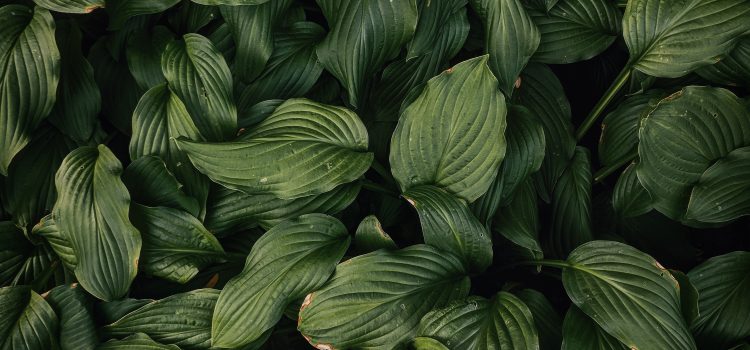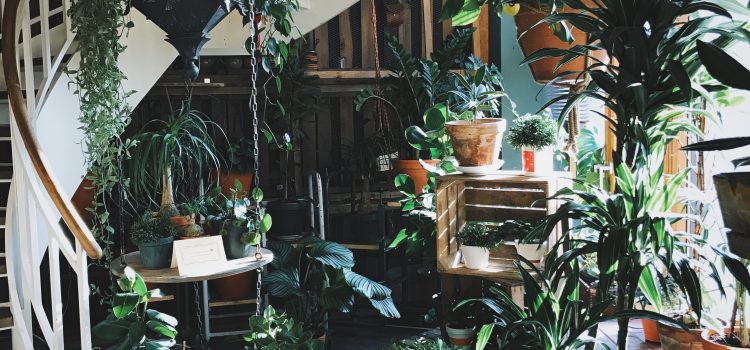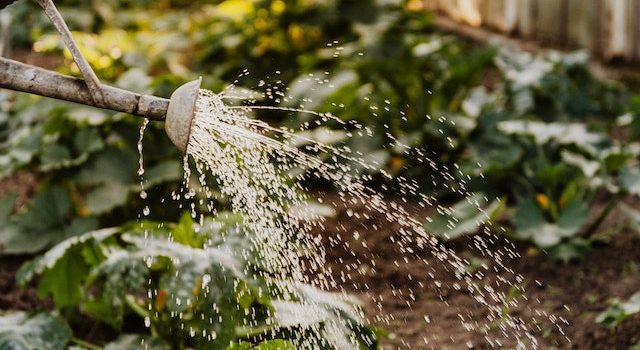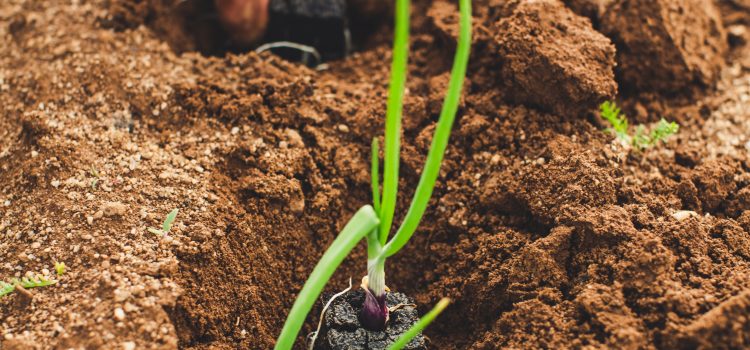
Introduction
The media plays a crucial role in shaping public opinion. News outlets are responsible for informing the public about current events, providing analysis and commentary, and holding those in power accountable. However, in recent years, there has been growing concern about the relationship between the media and public trust. This article will examine the impact of breaking news on public opinion and the potential consequences of a breakdown in trust between the media and the public.
Breaking News and Public Opinion
Breaking news stories have the power to capture the public’s attention and shape their perceptions of current events. When a major story breaks, news outlets rush to report on it, often relying on incomplete or unverified information. This can lead to inaccuracies and errors in reporting, which can have serious consequences for public opinion.
For example, in 2018, news outlets reported that students from Covington Catholic High School had harassed a Native American activist during a protest in Washington, D.C. However, subsequent investigations revealed that the initial reports were inaccurate and that the students had been unfairly maligned. The incident highlighted the dangers of rushing to report on breaking news stories without verifying the facts.
The Impact of Trust
Trust is essential to the relationship between the media and the public. When people trust the media, they are more likely to believe the information they receive and act on it accordingly. However, when trust is eroded, the consequences can be severe.
A lack of trust in the media can lead to a breakdown in communication between the media and the public. People may be less likely to consume news from traditional sources and more likely to rely on social media and other alternative sources. This can lead to the spread of misinformation and the creation of echo chambers, where people only consume news that confirms their existing beliefs.
The consequences of a breakdown in trust can be seen in the current political climate. Many people believe that the media is biased and untrustworthy, leading to a lack of faith in traditional news sources. This has contributed to the rise of populist movements and the spread of conspiracy theories.
Conclusion
Breaking news stories have the power to shape public opinion, but they must be reported accurately and responsibly. When news outlets rush to report on breaking stories without verifying the facts, they risk eroding public trust and contributing to the spread of misinformation. It is essential that the media takes steps to rebuild trust with the public, including improving transparency and accountability. Only by doing so can we ensure that the media continues to play its vital role in informing the public and holding those in power accountable.

















